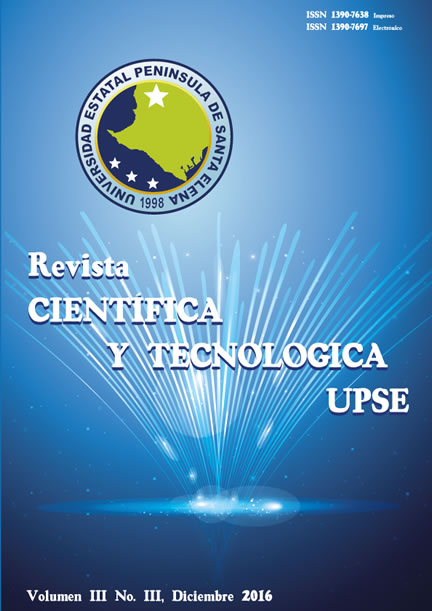Audit guide for the evaluation of internal control information security with focus Cobit 5: case Catholic University of Cuenca (UCACUE)
DOI:
https://doi.org/10.26423/rctu.v3i3.204Keywords:
Guide audit, internal control, COBIT 5, information security, service securityAbstract
The aim of this work is generate a for IT Audit dedicated to evaluation of Internal Control Information Security aligned to the criteria of best practices of COBIT 5, with the intention to support better safety information in the Catholic University of Cuenca. COBIT 5 is taken as reference, summarized in the following phases: analysis of the organizational environment, determining the scope and objectives of the audit, identifying key players to be interviewed, preliminary approach context to be audited, determination resources needed to perform the audit work plan development, implementation of tasks and activities. In a phase of more detailed mapping goals and IT processes are executed after the main instruments for implementing the Audit Guide ere developed, which once implemented it possible to identify initiatives in information security provided by the organization, specifically the process DSS05 code COBIT 5, entitled "Managing the security services" was exploited. As a result a diagnosis of Internal Control Information Security at the Catholic University of Cuenca was obtained and could establish audit findings that were reflected in the final report. Terminal phase as the letter addressed to top management on the most critical findings requiring urgent attention was drawn.
Downloads
Downloads
Published
Issue
Section
License
El titular de los derechos de autor de la obra, otorga derechos de uso a los lectores mediante la licencia Creative Commons Atribución-NoComercial-CompartirIgual 4.0 Internacional. Esto permite el acceso gratuito inmediato a la obra y permite a cualquier usuario leer, descargar, copiar, distribuir, imprimir, buscar o vincular a los textos completos de los artículos, rastrearlos para su indexación, pasarlos como datos al software o usarlos para cualquier otro propósito legal.
Cuando la obra es aprobada y aceptada para su publicación, los autores conservan los derechos de autor sin restricciones, cediendo únicamente los derechos de reproducción, distribución para su explotación en formato de papel, así como en cualquier otro soporte magnético, óptico y digital.












